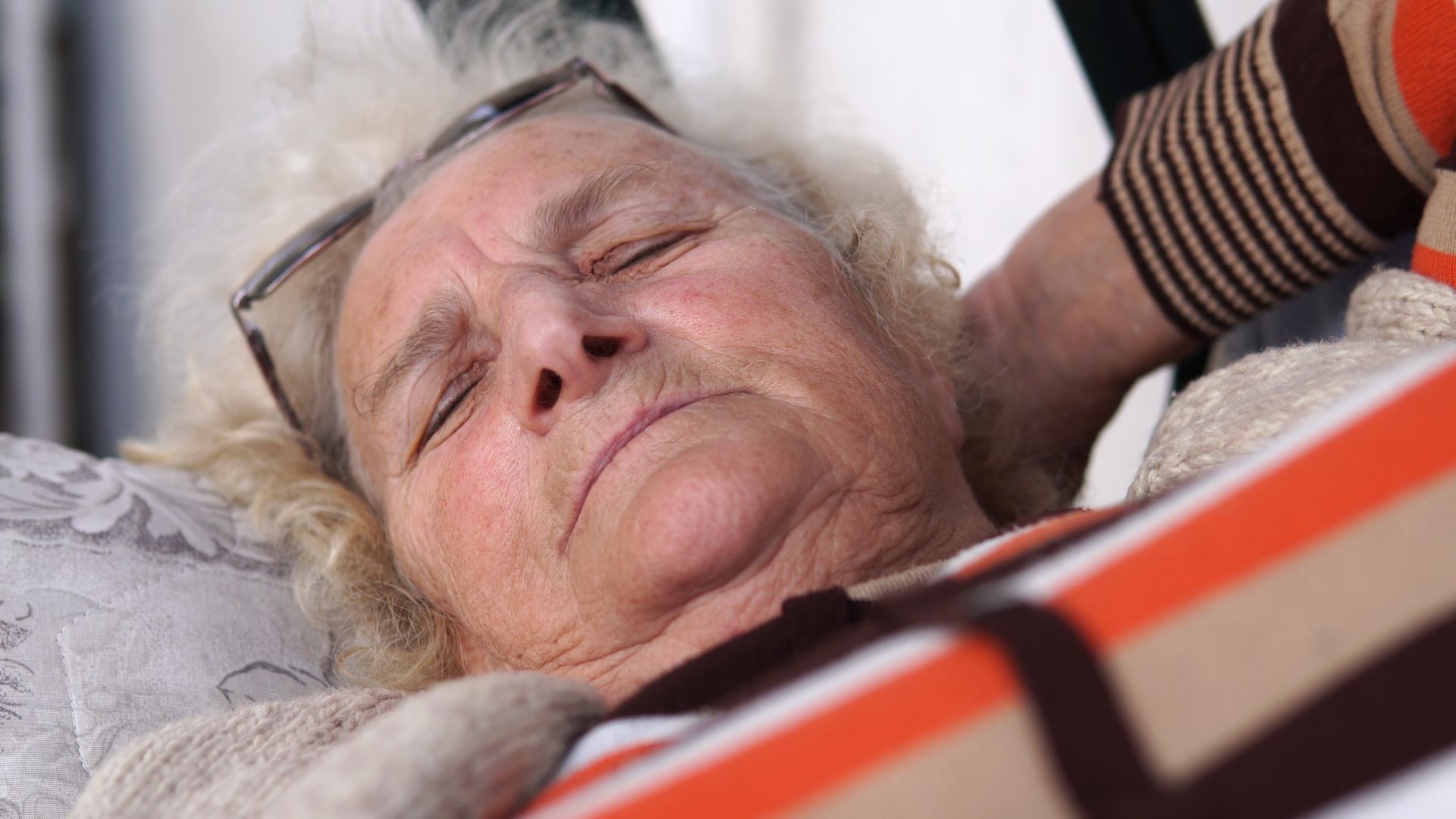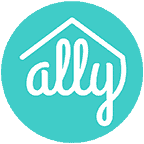
The Sleep Gap in Care: Why Prioritising Sleep Improves Health, Safety, and Quality of Life
By Thomas Tredinnick, CEO & Co-Founder, Ally Cares
In care, we often talk about nutrition, hydration, and mobility as the pillars of wellbeing. But there’s a critical fourth pillar that continues to be overlooked: sleep.
In our recent webinar with Care England “The Sleep Gap: The Overlooked Factor Costing Lives, Time, and Trust in Care” we explored this missing piece in the care conversation. Alongside two brilliant care leaders, Samir Patel from Oaklands Rest Home and Melanie Dawson from The Lawns, Heritage Manor, we discussed what happens when care providers stop interrupting sleep and start prioritising it.
The results are remarkable — not just in wellbeing, but in operational performance too.
A personal wake-up call
My journey with sleep in care started when my grandmother moved into a care home after a series of mini strokes. We noticed she didn’t bounce back like she used to. She was often fatigued, disoriented, and getting recurring infections. It raised a question we couldn’t shake: “Was poor sleep part of the problem?
We founded Ally on the hypothesis that better sleep environments could lead to better recovery, fewer falls, and improved outcomes for residents. Now, years later, that’s no longer just a theory — it’s something we’re seeing across thousands of beds every night.
Sleep Is clinical, not just comfort
Research supports what many care professionals already sense: poor sleep isn’t just uncomfortable, it’s dangerous. It increases the risk of:
- Falls
- Infections
- Cognitive decline
- Depression
- Reduced resilience and slower recovery
One large study found that people over 50 who consistently got poor sleep lost 1.3 years of life expectancy. Another showed a 25% increased risk of mortality for those sleeping fewer than five hours a night.
In care homes, residents may experience five or more unnecessary disturbances per night — from night checks, corridor noise, or environmental disruptions. And yet we rarely measure, monitor, or act on this.
That needs to change.
Real-world results: Oaklands Rest Home
At Oaklands, Samir Patel has been working with Ally for over three years. Using our AI resident monitoring system and sleep analytics, the team reduced night-time wakefulness by 76%. That translated into:
- Fewer falls
- Fewer infections
- An 18% reduction in mortality
- An 8-week increase in average length of stay
These aren’t marginal improvements. They’re transformative, for residents, staff, families, and the organisation itself.
Samir admitted that changing deeply embedded habits, like two-hourly night checks, wasn’t easy. “That was our biggest hurdle,” he said. “But once staff understood why we were doing it, and saw the results, everything changed.”
A culture shift at The Lawns
Melanie Dawson took a bold step: she stopped routine night checks from day one of implementing Ally. Instead of disturbing every resident regardless of need, staff now respond only when someone actually requires assistance, guided by alerts and sound data.
The impact? Night-time falls reduced by 63%. Sleep quality improved by 61%. Residents were more alert and sociable during the day. Hydration, nutrition, and participation in activities all increased. Some residents no longer needed sedatives at all.
“It changed the feel of the home,” Mel explained. “It was never about reducing staff. It was about working smarter and giving care to those who need it, when they need it.”
Sleep enables dignity, joy, and longer lives
One of the most powerful insights from the webinar came not from a statistic, but from an image: care home residents now enjoying cheese and wine nights at The Lawns. That kind of engagement and sociability doesn’t happen if everyone’s exhausted by 6pm.
As Melanie put it, “When residents sleep better, they’re calmer, happier, more engaged. It changes everything.”
And the benefits extend to families too. With improved sleep, residents are more awake and present for visits. Care teams can share sleep data with relatives, reinforcing trust and transparency. Some homes have even used Ally as a differentiator to secure more admissions.
From safety-first to sleep-positive
For decades, care homes have operated on a safety-first mindset with frequent night checks, open doors, corridor patrols. But that approach may be causing more harm than good.
As we shared in the webinar, creating a sleep-positive environment means rethinking the care model:
- Reducing unnecessary disturbances
- Dimming lights and lowering noise
- Setting routines that mirror the resident’s home habits
- Tracking sleep data and using it in care plan reviews
- Empowering night staff to act on insight, not habit
Sleep doesn’t compete with safety. In fact, it enhances it. When residents are well rested, they fall less, fight infections better, and need less emergency care.
This is the sleep gap and it’s time to close it
If you’re a care provider, it’s time to ask: What’s happening in our homes when the lights go out?
At Ally, we’ve built a platform that helps care teams understand and improve the unseen hours using sound and motion monitoring, alerts, and deep sleep insights to transform care outcomes.
But the real transformation comes from leadership, from people like Samir and Mel, who challenged outdated routines and put sleep at the heart of quality care.
Because ultimately, sleep is not a luxury. It’s where healing happens. And if we want better health, stronger teams, and longer, happier lives in care, we need to start where the day ends.
Want to close the sleep gap in your home? Watch “The Sleep Gap: The Overlooked Factor Costing Lives, Time, and Trust in Care” webinar now or get in touch with our team to explore how Ally can help you improve outcomes, increase trust, and give every resident the dignity of a restful night. Book a demo
